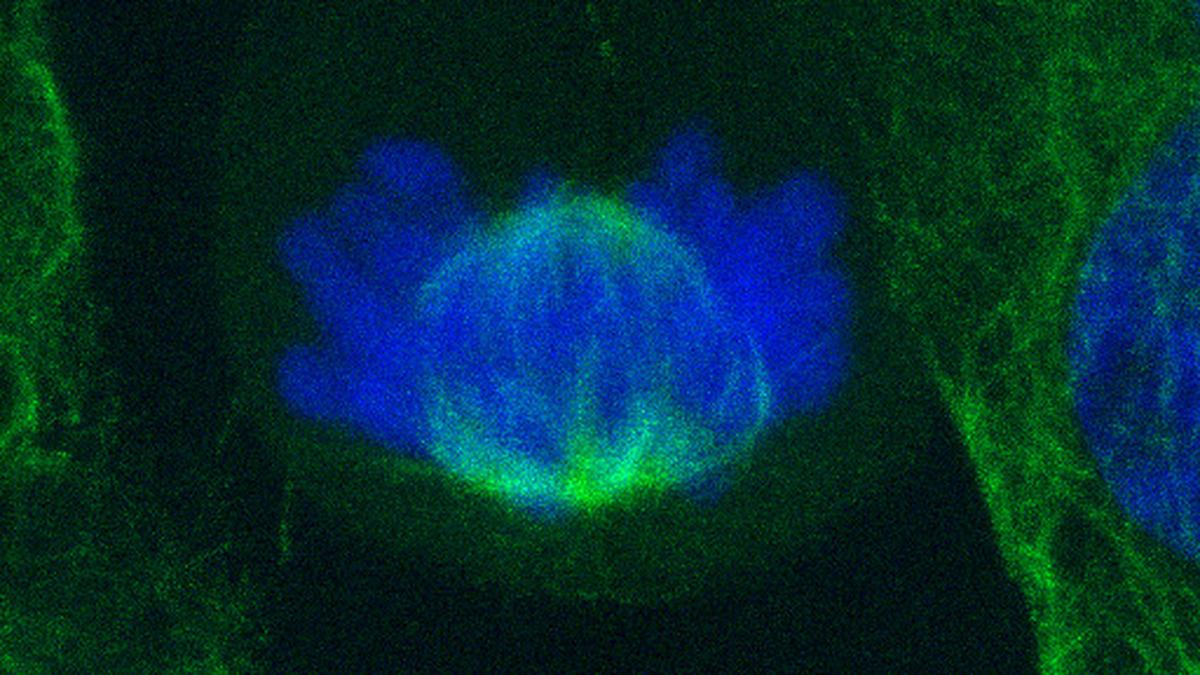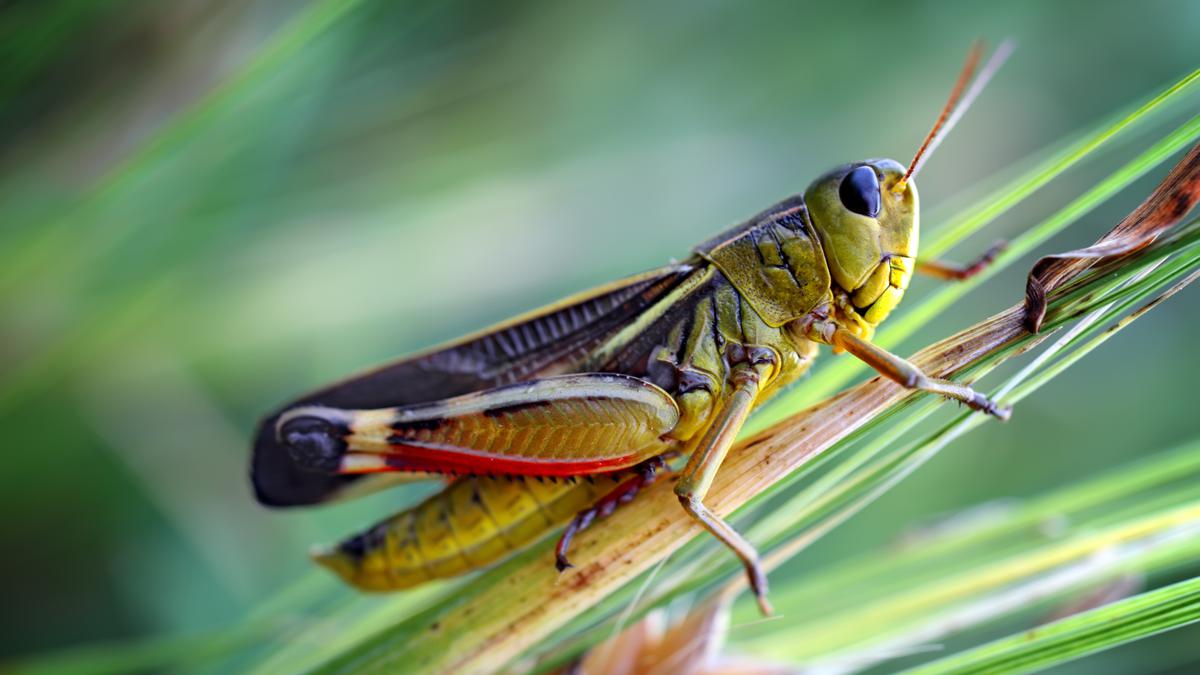Microcephaly is a condition in which a baby’s head is much smaller than normal. Most children with microcephaly also have a small brain, poor motor function, poor speech, and abnormal facial features, and are intellectually disabled.
Researchers believe the roots of the condition lie in the peak phase of brain development in the embryo — when the cells that eventually become neurons fail to divide normally. Clinicians can diagnose microcephaly before the baby is born using foetal ultrasound and magnetic resonance imaging.
The SASS6 gene
In particular, since 2014, a gene called SASS6 and its variants have been implicated in this developmental process. On March 19, researchers at the Affiliated Maternity and Child Health Care Hospital of Nantong University, China, presented “the genetic findings of members of a nonconsanguineous Chinese couple with a history of microcephaly and foetal growth restriction during their first pregnancy”.
The team’s findings reinforced the SASS6 gene’s role in causing microcephaly. But more importantly, the team also found that if one copy of the SASS6 gene was non-functional, the other retained at least some function. The implication was that if both copies are non-functional, the human embryo dies before it becomes a foetus.
“[Our] findings confirm the pivotal role of SASS6 in microcephaly pathogenesis and reveal an expanded view of the phenotype and mutation spectrum associated with this gene,” the researchers wrote in their paper, published in the American Journal of Medical Genetics.
Similarly, in a February 2024 study, researchers at the University of Cologne, Germany, reported that they modified mouse embryo-derived cells to remove all functional SASS6 genes. These genes contain instructions for cells to make structures called centrioles. But even after the genes were removed, the cells were able to make passable, if also abnormal, centrioles.
The problem arose when the cells were nudged to develop into neurons: at this point, all the centrioles made without using the gene’s recipe disappeared, and the cells couldn’t differentiate into neurons.
Consanguinity and genetic risk
According to Ashwin Dalal, a paediatrician turned medical geneticist at the Centre for DNA Fingerprinting and Diagnostics, Hyderabad, 70% or more of cases of congenital microcephaly seen in the clinic come from consanguineous marriages. These are marriages between closely related individuals, such as between uncle and niece or between first cousins.
Consanguinity increases the risk of an individual inheriting a mutated copy of a gene from both parents. The risk is greater if the mutated gene is rarer in the general population.
Microcephaly is caused by mutations in 30 genes. Cells use 10 of these genes to encode proteins that are required to assemble and the subsequent function of the centrioles. When a cell divides, its centrioles help form another structure called the spindle.
During cell division, the old and new cells need to take a series of careful steps. The spindle is like the handrail along this staircase, helping the cells form and maintain their structure. For example, once the old cell makes two copies of its chromosomes, each copy sticks to the centre of the spindle, which is an elongated structure. From there, the spindle moves each copy to its two ends. Each of these ends then becomes the nucleus of a new cell.
If a cell creates centriole proteins from mutated genes, however, cell division is affected as well.
The Ile63Thr mutation
In 2004, researchers discovered the SASS6 genein the roundworm Caenorhabditis elegans. They also found that the protein that cells made using this gene was conserved across animals, meaning natural selection allowed this protein to exist in all members of the animal kingdom.
When the researchers suppressed the SASS6 gene in C. elegans embryos, they found that the cells failed to assemble new centrioles, resulting in arrested development.
In 2014, other researchers studied a consanguineous Pakistani family of which four members had microcephaly. All the affected individuals were found to carry a mutated version of the human SASS6 gene on both their copies of chromosome 1: one inherited from the father and the other from the mother.
The SASS6 gene encodes a protein that has 657 amino acids. This protein assembles new centrioles during the cell division process. In the study of the Pakistani family, the researchers were able to describe the mutation correlated with microcephaly: the amino acid isoleucine at position 62 had been replaced by threonine. Thus its name: Ile62Thr.
Last year, researchers at the University of Tulsa, in the U.S., introduced the Ile62Thr mutation into the C. elegans SASS6 gene. Their experiment, reported in the journal Genetics, revealed that this change didn’t detectably impair centriole assembly and function in C. elegans. But when the worm’s genome had another mutation that affected a different centriolar protein, the Ile62Thr mutation significantly increased centriole replication failure and embryo death.
Evidently, a protein made using a SASS6 gene with the Ile62Thr mutation is functional enough to allow individuals with other unaffected organs to be born and grow into adulthood. In C. elegans, it becomes deadlier when the second mutation is also present.
At the same time, humans with just the Ile62Thr mutation don’t escape unscathed: the mutation’s mild impairment of centriole function still dysregulates cell division enough to cause microcephaly.
Scientists conducted three studies since then, including the March study, and found six more SASS6 gene variants.
Neurons are finicky
As the February 2024 paper indicated, different cell types have different tolerances to a range of deficits in centriole composition and function.
In particular, the cells fated to become neurons are finicky and have the least tolerance for imperfect centrioles.
This is why, while an individual with a slightly defective SASS6 gene can survive to birth and adulthood, he/she also suffers serious brain and head deficits and intellectual disability.
D.P. Kasbekar is a retired scientist.












